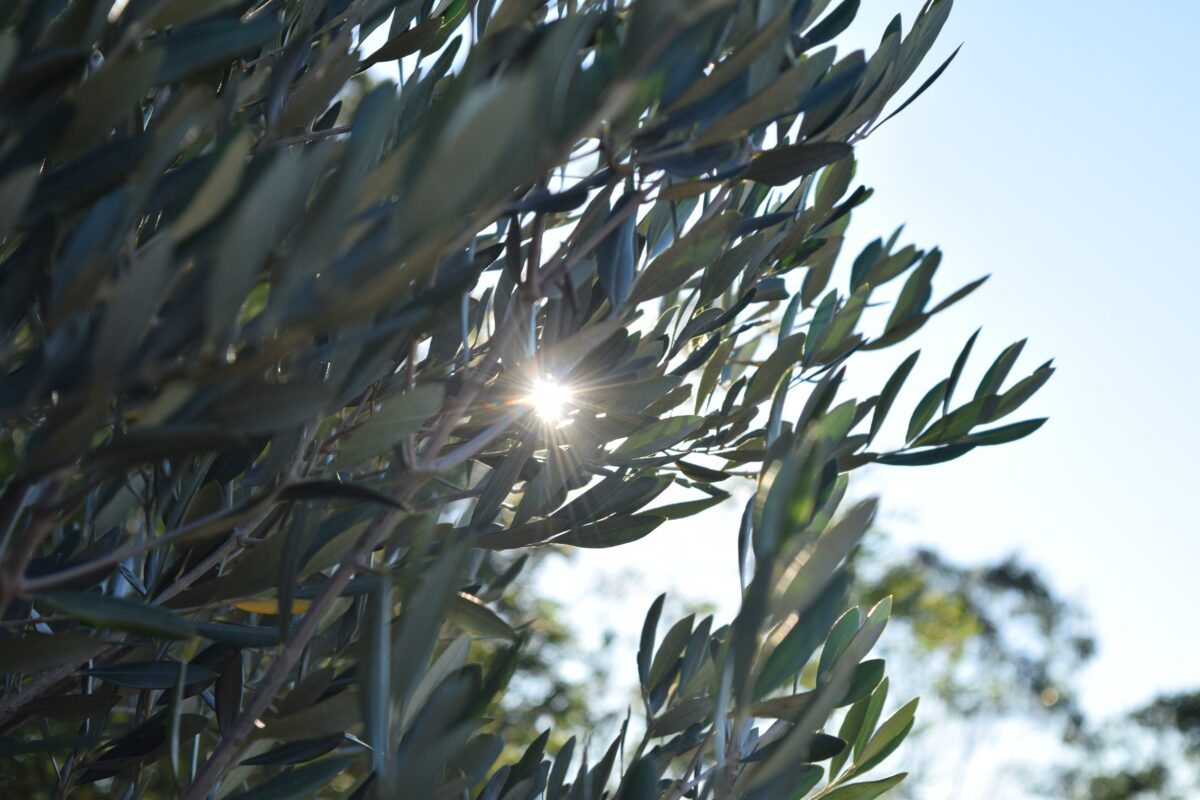From pv magazine France
Relaunching a French industrial sector for the production of olive oil is the goal set by the Oil’Ive Green network of producers, based in Villemoustaussou, a commune in the Aude department in southern France.
“In France, we only produce 5,000 tonnes of olive oil per year, while we consume 120,000 tonnes every year,” said Yannick Masmondet, general manager of Oil'ive Green, whose objective is to cultivate 50,000 hectares of olive trees, for the production of edible oil and biofuels, in the next decade.
However, like many agricultural crops, olive cultivation is today affected by climate change, driving the decline in farm productivity. This is why the company signed an exclusive partnership with Spanish energy producer Iberdrola to develop agrivoltaic solutions in synergy with olive growing and support the diversification of wine-growing areas.
The two sides will identify farms to host agrivoltaic project in New Aquitaine, Auvergne-Rhône-Alpes, Provence-Alpes-Côte d’Azur and Occitanie. The agrivoltaic power plants mounted on solar trackers will then be specifically adapted to olive growing carried out in “fruit hedges” on agricultural areas of several tens of hectares.
“The technical and agronomic support in the face of climate change, the gain in productivity and the economy generated by the agrivoltaic plant will allow operators to develop and perpetuate their activity, and for those who wish to diversify into olive tree cultivation, to finance and facilitate their reconversion,” said Thierry Vergnaud, development director of the land branch of Iberdrola France.
Iberdrola said fruit hedge management associated with agrivoltaics should promote agronomic gains through the physical protection of trees against climatic hazards such as hail, late frost, and leaf burns, among others. Solar panels will also prevent soil drying by maintaining a sufficient level of humidity for crops, without having to resort to irrigation.
Iberdrola said that wine growers will receive technical and agronomic assistance for cultivation, along with regular additional income as needed, throughout the entire 30-year operation of agrivoltaic plants, enabling them to start production from the third year.
This content is protected by copyright and may not be reused. If you want to cooperate with us and would like to reuse some of our content, please contact: editors@pv-magazine.com.




1 comment
By submitting this form you agree to pv magazine using your data for the purposes of publishing your comment.
Your personal data will only be disclosed or otherwise transmitted to third parties for the purposes of spam filtering or if this is necessary for technical maintenance of the website. Any other transfer to third parties will not take place unless this is justified on the basis of applicable data protection regulations or if pv magazine is legally obliged to do so.
You may revoke this consent at any time with effect for the future, in which case your personal data will be deleted immediately. Otherwise, your data will be deleted if pv magazine has processed your request or the purpose of data storage is fulfilled.
Further information on data privacy can be found in our Data Protection Policy.